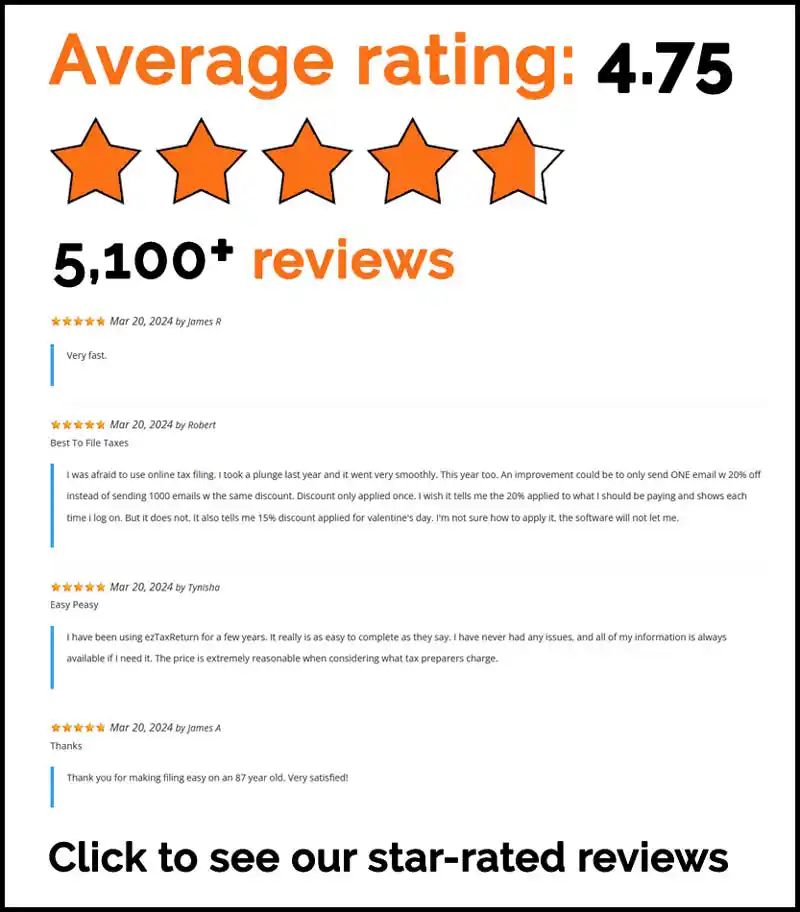Need more wiggle room in your budget? One of the best ways to spend less money is to reduce your monthly expenses. Trim a bill here, another over there and before you know it the savings are piling up. Here are some ways to save on your monthly expenses.
Find cheap gas in your area
Some people don’t stop for gas until the warning light comes on. By then, your only option is to pick the closest station regardless of the price. Instead of waiting until your car is running on fumes, give yourself time to find the cheapest gas station in your area. Geico and GasBuddy can both provide a list of nearby stations along with their prices. You can also get paid for pumping gas by using a cash back app like Dosh.
Use public transportation
Depending on where you live, driving may be more of a convenience than a necessity. If you’re able to get around via train or bus, sell your car and rely on public transportation instead. Riding a bicycle is also an option if you live in a place where the weather is good year-round. By taking this route, you won’t have to worry about car payments or insurance. You can always call a cab or Lyft for quick trips to the grocery store. If you choose the latter, download the Rakuten app onto your phone. Right now, new riders can earn $20 for their first trip.
Refinance your mortgage
If interest rates were higher when you first bought your home than they are now, consider refinancing to lock in a lower rate. Reducing your rate by just one percentage point can save you thousands of dollars. Keep in mind that if you do refinance, you will have to pay closing costs. Before you make your decision, crunch the numbers to see how long it will take to break even. Divide the cost to refinance by your monthly savings. For example, if the closing cost is $5,000 and your new loan will reduce your monthly payment by $500, it will take 10 months to break even. If you can break even quickly and plan to keep the home for a longer period, refinancing may be worth it.
Find a cheaper apartment or get a roommate
Who cares if living in a certain area has always been your dream, if you can’t afford it then you can’t afford it. Find a new place in a cheaper part of town. If your current space has an extra bedroom that you rarely use, consider downsizing to a one-bedroom or studio apartment for your next place. Another way to save on rent is to get a roommate and split everything 50/50. Try to find someone you already know so you don’t feel awkward in your own home.
Buy groceries based on sales
Many supermarkets provide a sneak peek of upcoming sales on their app or website. Browse the circular to what’s going to be discounted and plan your meals around those items. If the store offers coupons, be sure to add the appropriate ones to your loyalty card for additional savings. Create a shopping list of everything you intend to buy and bring it with you, so you don’t get sidetracked. Consider buying generic versions of the items you want. The quality of flavor will be comparable just at a lower price. Finally, use your receipts to earn cash back. Apps like Ibotta will reward you for picking up certain items during your shopping trip. Just be sure to stick to the things you actually need.
Install a programmable thermostat
There’s no reason to keep the heat on full blast all day if you and your family members aren’t home. Save energy by installing a programmable thermostat and setting it accordingly. You can keep the house cooler during the day and program the heat to come on before you arrive from work or school. Lowering your thermostat by 10-15 degrees for 8 hours a day can save you 5-15 percent on your energy bill annually.
Switch to energy efficient light bulbs
CFL and LED light bulbs are more expensive than traditional incandescent light bulbs, but they’re worth it. Not only do they last a lot longer, they burn up to 80 percent less energy which ultimately saves you money. The annual energy cost for a 60W Traditional Incandescent is $4.80. Meanwhile, a 15W CFL only costs $1.20 and a 12W LED is $1.00.
Visit retail clinics when suffering from minor ailments
Every cough and sniffle doesn’t require a trip to urgent care or the emergency room. For minor ailments like fevers, colds or scrapes, visit your local retail clinic instead. These are the medical offices you typically find in Target, Walgreens or CVS. This is a good option for people who don’t have insurance or are underinsured. Since you’ll be treated by a nurse practitioner or physician assistant, the price is usually more affordable. Typically, they have set rates for certain services.
Sign up for an income-driven repayment plan
If you’re drowning in student loan debt and struggling to pay the rest of your bills, consider enrolling in an income-driven repayment plan. How it works is you’ll make monthly payments based on a percentage of your income. Since your payments will be lower, you’ll have more cash to cover your other necessities. There are four types of income-driven repayment plans, each with its own set of rules. They are:
- Revised Pay As You Earn Repayment Plan (REPAYE Plan) – For undergraduate loans, you’ll pay 10 percent of your discretionary income for 20 years. For graduate school loans, you’ll pay 10 percent of your discretionary income for 25 years.
- Pay As You Earn Repayment Plan (PAYE Plan) – You’ll pay 10 percent of your income over 20 years. Your payment will never exceed the 10-year standard repayment amount.
- Income-Based Repayment Plan (IBR Plan) – If you’re a new borrower after July 1, 2014, you’ll pay 10 percent of income for 20 years. If you borrowed before that date, then it’s 15 percent for 25 years.
- Income-Contingent Repayment Plan (ICR Plan) – You’ll pay 20 percent of your discretionary income or what you’d pay on a fixed plan over 12 years, whichever is less. The repayment period is 25 years.
Once time is up, the remaining loan balance is forgiven. The downside is that the forgiven amount will be considered taxable income when you file your taxes. Don’t worry, ezTaxReturn.com supports cancelled debt and takes the confusion out of doing your taxes. Another thing to keep in mind is that by extending the terms of your loan, you will pay more interest over time.
Apply for a balance transfer credit card
It’s hard to get out of debt when you have high interest rates holding you back. If you have good credit, transfer the balance to another card with a lower interest rate (preferably zero percent). This will make it easier to dig yourself out of the hole. Keep in mind, there may be a balance transfer fee which is usually 3 percent of the amount you’re transferring. The promotional rate won’t last forever so you really need to work as quickly as possible. Throw every penny you can towards your balance because once the promotion ends, the rates will increase.
Downgrade your cable
With the rise of Netflix and Hulu, you probably don’t watch cable as much as you used to. If your cable box is just collecting dust, ditch your cable company for good. Since the average cable bill is around $100 per month, you can easily save $1,200 annually. If you’re not ready to make such a drastic change, at least analyze your package and eliminate the channels you don’t watch. Getting rid of your DVR can also help lower your bill.
Reevaluate your car insurance coverage
At least once a year, see what other car insurance providers have to offer. The goal is to get the same amount of protection at a better price. Get a few quotes from different companies and compare them head-to-head before making your decision. If you don’t want to part ways with your current insurer, inquire about discounts. Many offer special savings to safe drivers and good students. Another way to lower your monthly premium is to increase your deductible. Just be aware that you’ll pay more out-of-pocket if you get into an accident.




